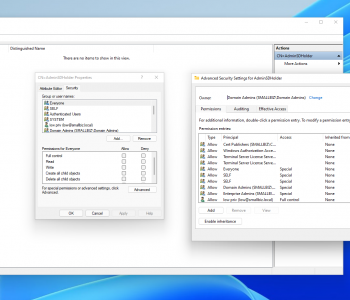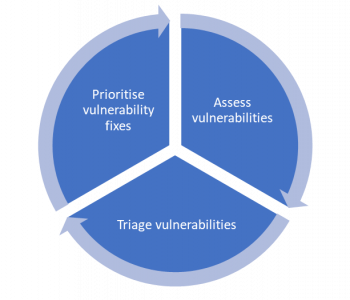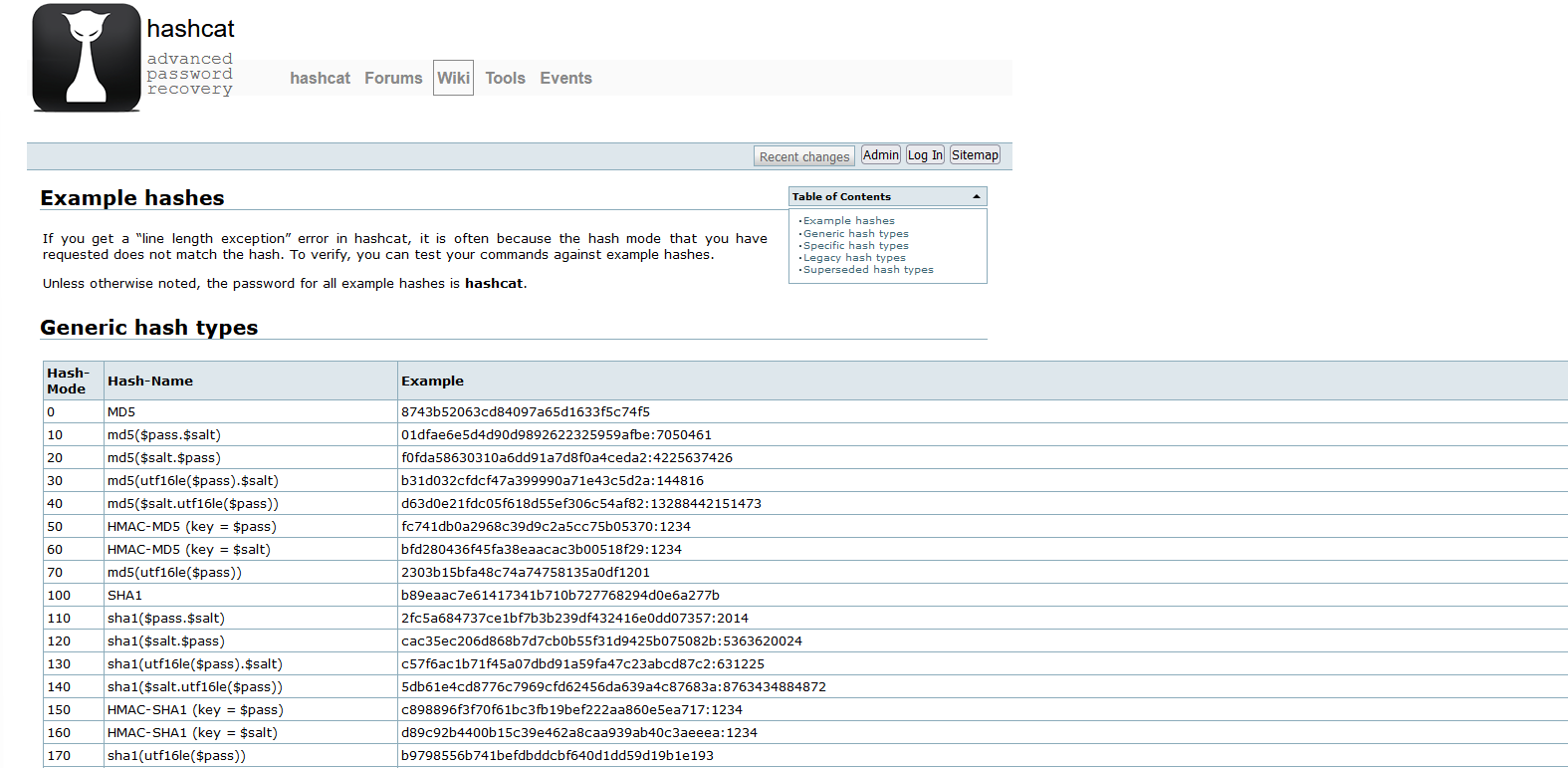
Exchange Emergency Mitigation Service with new CU Update
This is a big thing in the Exchange world from my POV! I believe this is dropping sometime today (28th September!)
History
Exchange OWA, ECP etc. are exposed online not only for mailbox access, calendar sharing but also are a requirement for hybrid mode sync capabilities.
Vulnerabilities in Exchange this year (ProxyLogon/ProxyShell) have shown how problematic an attack surface this is. The good news is, Microsoft have created a feature for Exchange to help mitigate these attacks in the future via the EM Service!
Read more “Exchange Emergency Mitigation Service with new CU Update”









